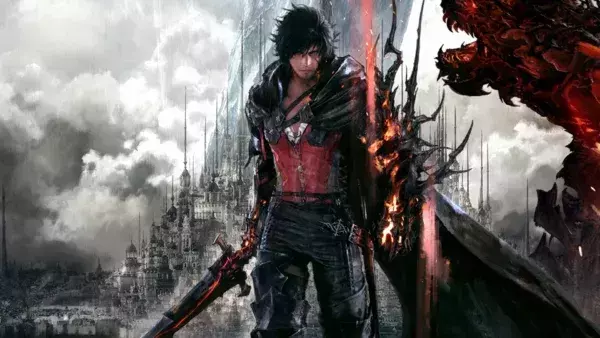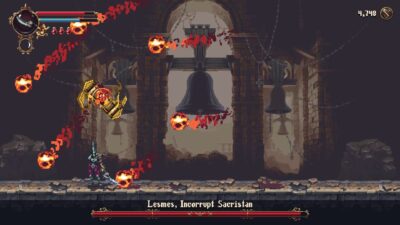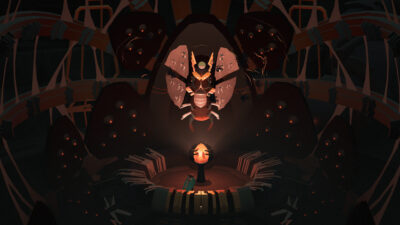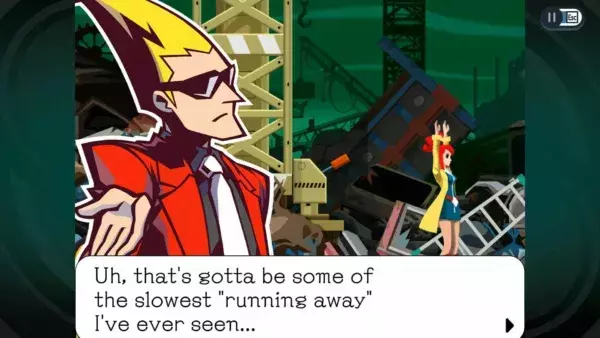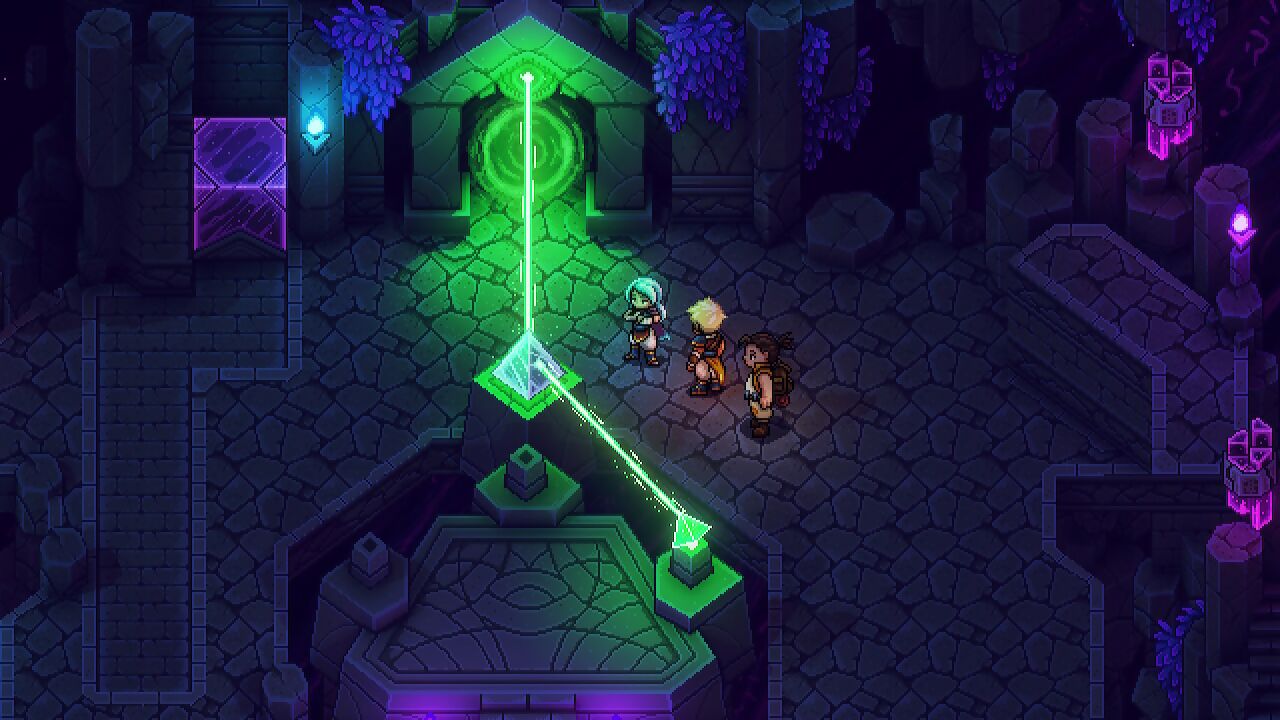
Retro-inspired RPG Sea of Stars is a modern Chrono Trigger that shines in its own starlight. Here’s our review.
Just what is the Sea of Stars? It’s something you might ask yourself as you start Sabotage Studio’s long-awaited retro-inspired RPG. The developer is happy to take its time providing an answer, from the game’s slow-burning prologue to a story that surprises with every step.
A prequel to the studio’s debut hit The Messenger (albeit set a millennia beforehand), Sea of Stars follows Valere and Zale, two young heroes born under the Solstice and granted the respective powers of the Moon and Sun. Those powers are required to perform Eclipse Magic, the only force capable of defeating monstrous creations created by an evil alchemist known as the Fleshmancer.
It’s a set-up the game takes its time with, with a prolonged flashback of the two protagonists undergoing long arduous, training in isolation before graduating to become Solstice Warriors, You also meet the current heroes with those titles, hinting at just how long this ritual of keeping the darkness back has been going on for. But even as you’re told there’s just one monster the Solstice Warriors have to defeat, it’s no surprise to say that there’s far more to the initial plot.
Of course, when Sabotage’s last game transported your 8-bit ninja into a 16-bit Metroidvania, you should expect nothing less, though whereas that twist was made clear from game’s marketing, this is a story-focused RPG where it’s best left going in knowing as little as possible, so I’ll refrain from spoilers for the rest of the review. What I can say, however, is that Sea of Stars is far more ambitious than a mere retro-inspired RPG beholden to the past.
The immediate comparison is Chrono Trigger, from how turn-based battles occur on the map with onscreen enemies rather than random encounters to the way its pixel art visuals are complemented with occasional animated cutscenes like the PS1/DS versions of Square’s classic, while even the soundtrack features contributions from Chrono composer Yasunori Mitsuda. But whereas The Messenger faithfully stayed within the constraints of its 8-bit and 16-bit inspirations, Sea of Stars isn’t content with playing like a game from the 90s.
It’s evident in the dynamic lighting and shadows that add depth to the beautifully animated sprites, giving Square Enix’s own patented HD-2D style a run for its money. It’s even better expressed in the gameplay, where instead of the restrictive tile-based movement of classic RPGs, attention has been paid to traversal, giving a real tactile experience to the environments as you can clamber up or jump off ledges, balance along tight ropes, even swim. You even unlock new tools, such as being able to use powerful gusts to push heavy objects or use a grapple for traversing gaps (it’s also great for getting a pre-emptive jump on enemies), making it feel more like a Zelda game, though you could say that its overworld map takes some inspiration from Super Mario World (the benevolent giants found in the world that also act as a kind of fast-travel system are something else entirely, however).
Speaking of Nintendo’s mascot, the turn-based battles themselves owe a debt to Paper Mario, with a focus on timing button presses to improve the effectiveness of attacks or mitigate incoming damage, with different variations in skills, such as how Valere’s Moonerang can be repeatedly deflected at multiple enemies while you can hold the button down to charge up Zale’s Sunball for more area of effect damage. There’s more layers of strategy involved, as you can select which party member acts first in a turn while enemies also have a countdown displayed to show when they’ll act. It’s the ones that have attack or magic ‘locks’ displayed that are the ones to prioritise, since this indicates they’ll unleash a skill once it’s their turn. Choosing the right character and move to break enemy locks is essential if you want to reduce their attack power or outright cancel it if you can destroy all the locks in time.
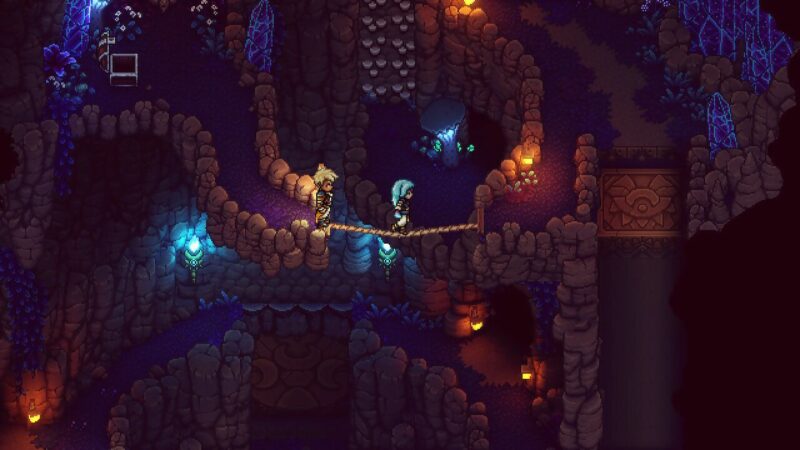
Credit: Sabotage Studio.
This also makes battles less about spamming the same moves, not least because your max MP is fairly low – this means that using one skill will require you to repeatedly use normal attacks to recover enough MP before you can use a skill again. Fortunately, you can also use ‘magic without magic’: basically using normal attacks to cause enemies to shed mana drops which can be absorbed to imbue a party member’s next attack with magic. You could then leave these for the right moment, such as when an enemy brings up new locks, for example, that might be best dealt with teleporting ninja Serai who can use the mana to deliver a blade attack laced with poison magic to take out the corresponding locks.
Despite the smart battle system, I also found myself chafing against it more than I’d like, especially when trying to figure out the exact button timings for attack and defence – an equippable accessibility relic only that only indicates when you’ve been successful rather than making the attack window easier to read. It’s also complicated by unpredictable enemy movements where you can’t always tell which party member they’re targeting while some delay or feint their attack patterns. The system offers variety to encounters, but I also like my turn-based battles to have more consistency instead of pretending I’m trying to parry in an action RPG. The frustration is at least mitigated by another relic that boosts everyone’s HP by 100, making battles feel a little more forgiving. Those who like battles to feel like a real life-and-death struggle will also have the option to find relics that provide more challenge.
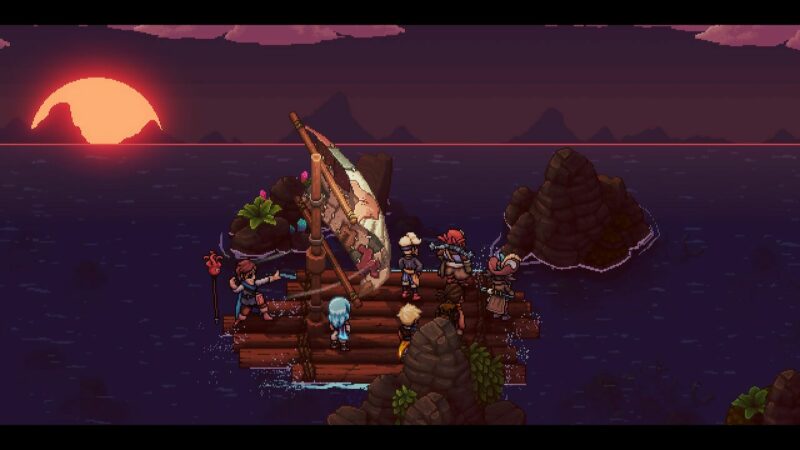
Credit: Sabotage Studio.
Nonetheless, Sea of Stars’ lack of random encounters means it isn’t a grind fest, with the game making better use of its time to showcase its creative dungeons, taking you from ancient temples to cursed depths, underwater or even outer space, as well as a plethora of side activities like fishing, cooking meals, and appearances from a travelling historian whose campfire stories are a refreshing alternative to your typical lore dumps. With a campaign lasting around 30 hours, it’s a pretty manageable RPG, yet somehow still packs a lot of optional content, from building a whole new town to challenging folks to a clockwork tabletop mini-game, with still more secrets and mechanics the designers withhold until the back half of the game.
Whether all of that will compel is a bit more questionable, considering how the pacing has a knack of dragging you off on one detour too many. Put that all to one side, however, and Sea of Stars weaves a story that not only subverts and occasionally pokes fun at classic tropes, but also has its own earnest and emotional core that should ensure that, like Chrono Trigger, it will stand the test of time.
Highlight
Of all the characters that join the Solstice Warriors’ journey, the undeniable highlight is their childhood friend, Garl. Despite lacking their powers, and finding himself blinded in one eye very early on, he faces every challenge with a stout heart, an upbeat attitude, and a warm-cooked meal. He’s sort of the Samwise Gamgee of the group. Expect his arc to go down as one of the most memorable in any RPG.
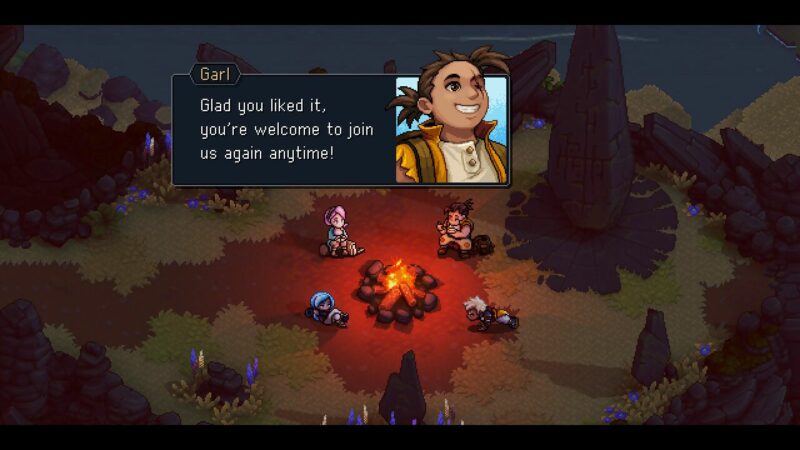
Credit: Sabotage Studio.
Verdict: 82%
Just as it goes beyond emulating its 16-bit look, Sea of Stars is a retro-inspired RPG that’s more modern than it lets on, with an epic and surprisingly emotional story destined to become a classic in its own right.


